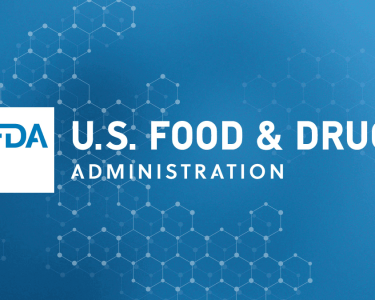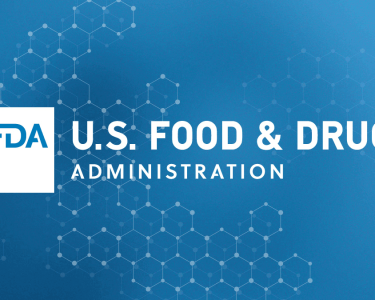
Results of hair analysis of children and adolescents confirm that the evaluation of drug exposure through hair analysis needs special attention, particularly in infants and toddlers.
ABSTRACT
Hair testing is a very effective method for drug use investigation. The finding of drugs of abuse in children hair may reflect environmental exposure, accidental ingestion, passive inhalation, intentional administration, and, in case of neonates and infants, in-utero and breast exposure. Despite its increasing use, interpretation of children hair analysis remains difficult, cut-off values used in adults cannot be applied, and no reference ranges for different age groups currently exist. To contribute to the identification of a reference framework for hair analysis in children and adolescents, a comparison of data gathered from different geographical areas could be useful. With this view, this study shows the results of hair analysis of children and adolescents who underwent testing for clinical purposes in a hospital setting in north-east Italy. Cocaine represents the most frequently detected drug in all age groups (overall, 94 positives). The highest number and ratio of cocaine positivity was found among children aged 1–3 years (21 out of 32 children; 65.6%) and the highest concentration among infants within 1 year. The results suggest that exposure to drugs of abuse represents a nonnegligible problem particularly in infants and toddlers, which requires special attention in clinical and social setting. In view of the multiple possible ways of exposure, it is essential to perform a case-by-case evaluation and to collect as much information as possible to frame the case and to implement the most effective child protection measures.


